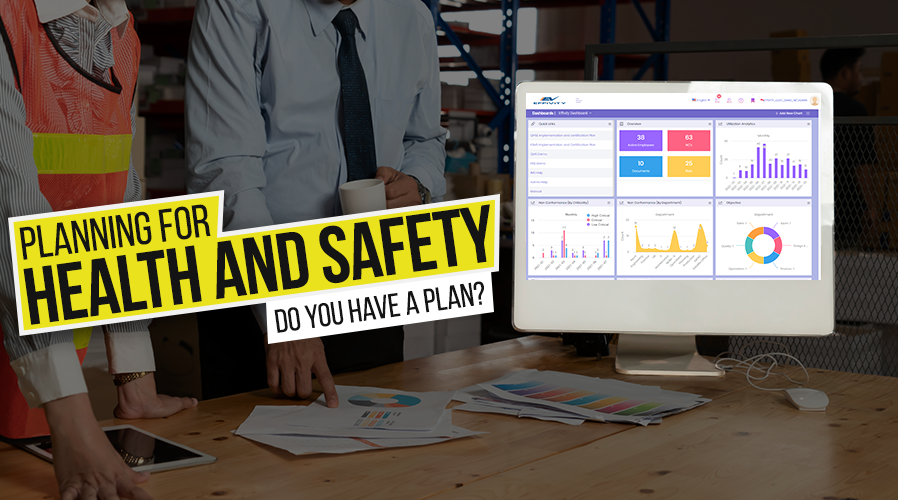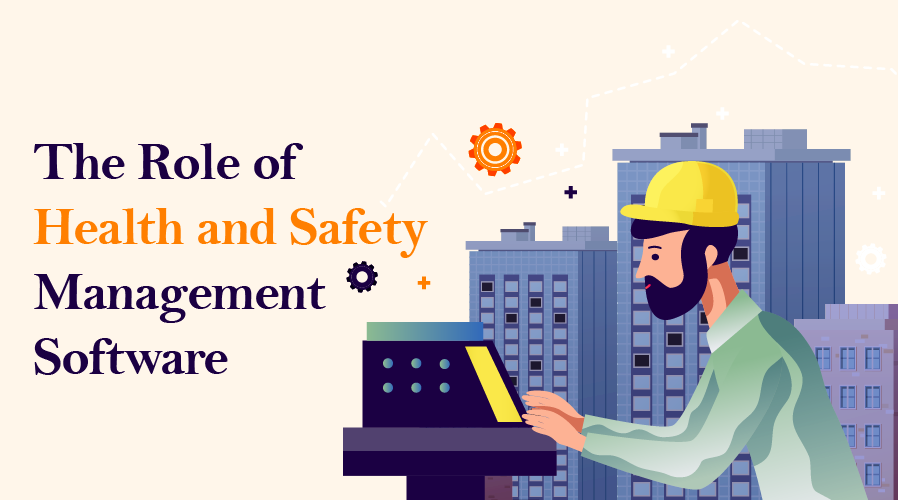.jpg)
Implementing an OHSAS management system can be confusing, especially when it comes to risk assessment, hazard identification and defining controls.
OHSAS hazards
The OHSAS 18001 standard describes a hazard as any part of an organization’s operations that could have a negative impact on the health or safety of employees, or any visitors to your premises. Dangerous chemicals in your workplace can affect people’s health, the moving parts of machines can injure operators, or ergonomic strain issues could affect employees that perform repetitive actions.
These hazards need to be managed by firstly identifying the hazards, and then implementing and maintaining procedures and controls to minimize the probability of the hazards affecting people.
When doing this assessment, things that need to be taken into account include activities, both routine and non-routine, human capabilities and behavior, the organization’s infrastructure and legal obligations, and materials and equipment used in the workplace.
Hazard management should always be pre-emptive and should identify and prioritize the risks and controls that are applicable. The complete process should also be fully documented.
OHSAS risks
Once the hazards presented by the organization’s operations have been identified, the risk posed by these hazards need to be assessed. The first step in risk assessment is to determine the likelihood of a hazard happening and then to assess how bad the impact would be if it did happen.
The risk assessment of a hazard is done to decide if a risk is acceptable. A risk is deemed as being acceptable if it has been minimized to a level that the organization is comfortable with in terms of its OHSAS policy and its legal obligations. One example would be cutting yourself with paper in an office. Although the chance of it happening may be high, the severity of the injury will be low and it will be deemed an acceptable risk with no controls required to mitigate it.
On the other hand, if a dangerous chemical is used every day, the probability of exposure to the chemical is also high, but in this case, the severity of the results would be high. This would then be classified as a risk that needs a control to reduce the likelihood of it happening.
OHSAS controls
An OHSAS management system needs to implement controls that reduce risks presented by hazards.
The standard specifies controls in a hierarchy. If the first control can be implemented, the following ones are not required. If the first control can however not be used, the next level should be considered and so on.
- Eliminate – Can the hazard be eliminated from your process, e.g. don’t use chemicals for a specific step?
- Substitute – Can your process use something less hazardous, e.g. can you achieve the same results with a less harsh chemical?
- Physical controls – Can you prevent people from being exposed to the hazard, e.g. by putting barriers around moving machinery?
- Administrative controls including warnings and signage – Can you prevent people from being exposed to the hazard, e.g. by marking areas to keep people away from dangerous operations?
- PPE – Do your workers need to wear provide protective equipment when being exposed to the hazard, e.g. coats, goggles, or gloves?
For the best results, plan properly
OHSAS 18001 gives your organization a framework to identify the hazards and assess the risks, and to control them so that injuries or accidents do not happen.
By using the MyEasyIso system, you can easily determine the hazards and risks while defining your processes. This is the first step in making a positive change in how your organization safeguards the health and safety of employees and anybody visiting your premises.











